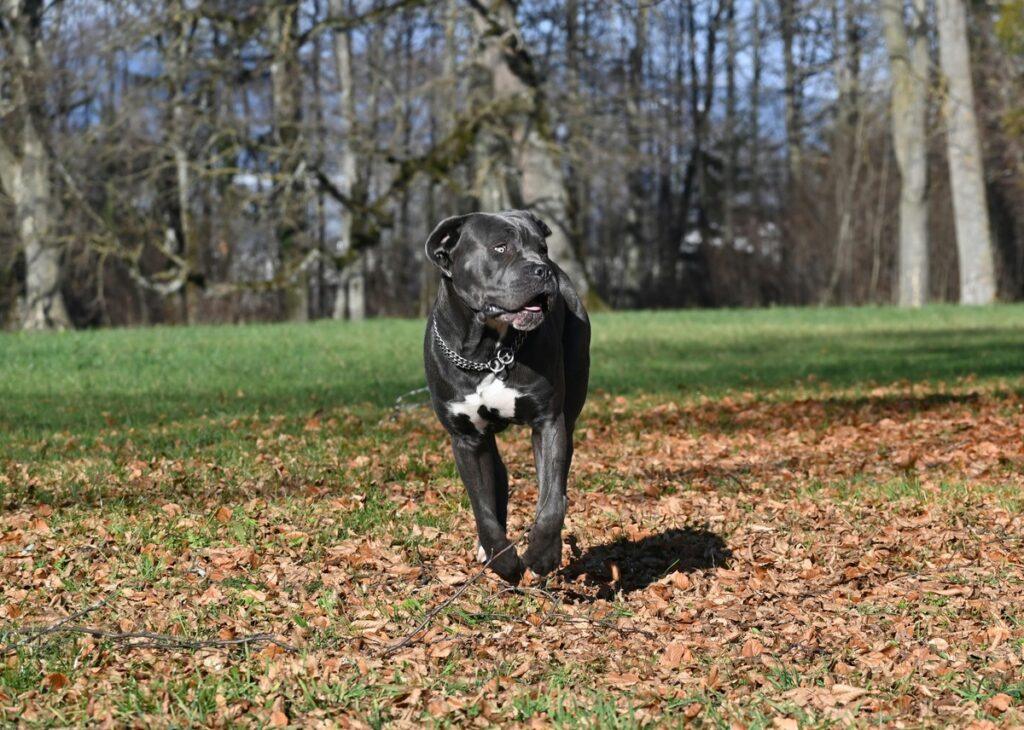Have you noticed your dog squinting, tearing up excessively, or developing eye redness? Certain dog breeds prone to eye problems are genetically predisposed to conditions like cherry eye, glaucoma, and cataracts. If you own a breed like a Pug, Bulldog, or Cocker Spaniel, knowing the risks can help you act early and protect your pup’s vision.
Table of Contents
- Why Eye Problems Are Common in Certain Breeds
- Top 10 Dog Breeds Prone to Eye Problems
- Most Common Eye Conditions by Breed
- How to Protect Your Dog’s Eyes
- Pro Tips & Common Mistakes
- FAQ
Why Eye Problems Are Common in Certain Breeds
Some breeds are more likely to develop eye issues due to genetics, skull shape, eyelid anatomy, or tear gland structure. Breeds with cherry eye
Top 10 Dog Breeds Prone to Eye Problems
- Pugs: Prone to corneal ulcers, dry eye, and proptosis due to bulging eyes.
- Bulldogs: Often develop entropion, cherry eye, and tear staining.
- Cocker Spaniels: Susceptible to glaucoma and progressive retinal atrophy (PRA).
- Shih Tzus: At risk of dry eye and corneal scarring.
- Beagles: Can develop glaucoma and cherry eye.
- Pekingese: Short muzzle and shallow eye sockets increase risk of eye prolapse.
- Lhasa Apsos: Prone to keratitis and eye inflammation.
- Boston Terriers: Risk of cataracts and dry eye is high.
- Boxers: Genetically predisposed to corneal ulcers and tumors around the eye.
- Great Danes: Can suffer from entropion and ectropion (inward/outward eyelid turning).

Most Common Eye Conditions by Breed
Below is a quick reference of dog breeds with glaucoma risk
- Cherry Eye: Beagle, Bulldog, Cocker Spaniel
- Dry Eye (Keratoconjunctivitis sicca): Shih Tzu, Lhasa Apso, Boston Terrier
- Glaucoma: Cocker Spaniel, Beagle, Basset Hound
- Corneal Ulcers: Pug, Boxer, Pekingese
- Progressive Retinal Atrophy (PRA): Cocker Spaniel, Collie, Miniature Poodle
- Entropion/Ectropion: Great Dane, Bloodhound, Saint Bernard
How to Protect Your Dog’s Eyes
- Regular eye exams: Annual veterinary checks are crucial for high-risk breeds.
- Monitor symptoms: Redness, squinting, discharge, or rubbing eyes should be evaluated promptly.
- Use eye-safe cleaning wipes: Especially important for brachycephalic dogs with facial folds.
- Protect during outdoor play: Dust and debris can irritate or scratch exposed eyes.
- Proper nutrition: Antioxidants like lutein and omega-3 fatty acids support eye health.
Pro Tips & Common Mistakes
- ✅ Pro Tip: Use a moist cotton pad to gently clean your dog’s eye area daily.
- ❌ Mistake: Ignoring tear staining or assuming it’s cosmetic—it could indicate irritation.
- ✅ Pro Tip: Store-bought saline solution (non-medicated) can help flush minor debris.
- ❌ Mistake: Using human eye drops—these can cause serious harm!
FAQ
What dog breeds are prone to cherry eye?
Beagles, Bulldogs, and Cocker Spaniels are among the most common breeds with cherry eye, a prolapse of the third eyelid gland.
Can eye problems in dogs be prevented?
While not always preventable, regular checkups and early detection significantly reduce the risk of long-term damage.
Are eye problems in dogs genetic?
Yes. Many issues like PRA, glaucoma, and cherry eye are inherited and more common in specific breeds.
When should I see a vet about my dog’s eyes?
Any redness, discharge, cloudiness, or behavioral changes like pawing at the eyes should prompt a visit to the vet immediately.
Final Thoughts
Dogs can’t tell us when their vision is blurry or painful—but as pet parents, we can learn which dog breeds are prone to eye problems and how to act quickly. Whether it’s cherry eye, glaucoma, or dry eye, staying informed can make all the difference for your dog’s long-term quality of life.
If you’re caring for one of the dog breeds prone to eye problems, staying proactive is key. Don’t wait until symptoms get worse—your dog’s eyes are delicate and deserve early attention. With proper hygiene, regular vet checkups, and breed-specific care, your dog can live a happy, clear-eyed life.
Whether your pup is a curious Beagle or a laid-back Bulldog, understanding the most common eye issues in your breed empowers you to respond with confidence. Knowledge truly is the best prevention.
Looking for more dog health tips? Check out our guides on illness symptoms, dry nose in dogs, and common health issues.
External source: PetMD – Eye Conditions in Dogs



